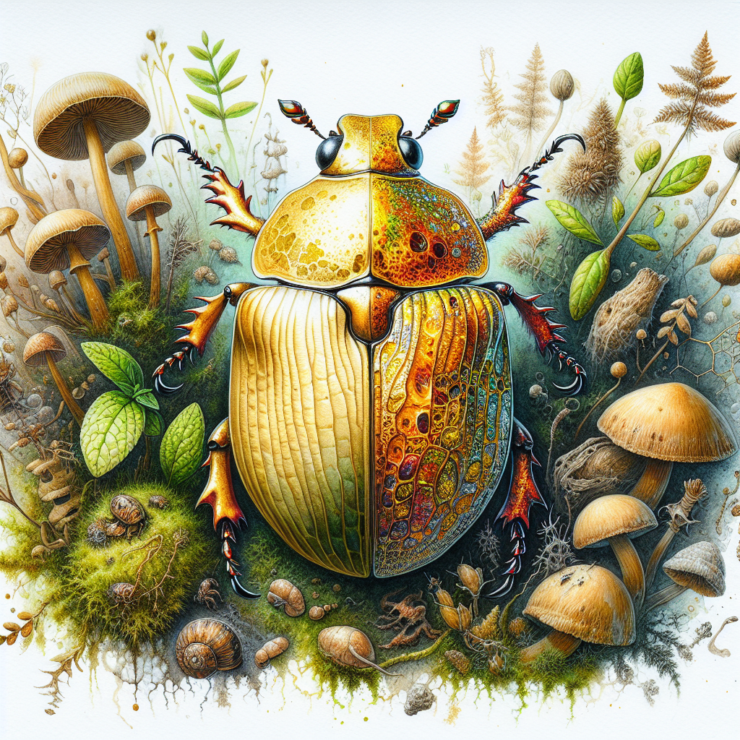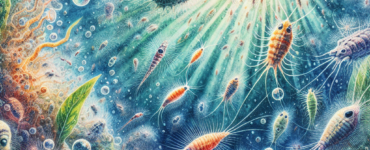Have you ever wondered how a tiny creature could hold secrets that marvel even the most seasoned scientists? The golden tortoise beetle, a small but fascinating insect, does just that with its incredible ability to change color. It’s nature’s own living jewel, but what role does this remarkable creature play in our ecosystem?
The golden tortoise beetle, scientific name *Charidotella sexpunctata*, is found in the Americas, particularly in the United States. This beetle can change its color from gold to red and even to a transparent state. This transformation isn’t just for show; it’s a survival tactic. The color change is triggered by alterations in humidity, the beetle’s health, and when it feels threatened, engaging a complex system of liquid beneath its transparent cuticle to alter its appearance1.
This beetle’s diet primarily consists of sweet potato leaves and other plants from the Convolvulaceae family.3 By feeding on these plants, the golden tortoise beetle plays an essential role in controlling the population of potentially invasive plant species4. This makes the beetle not just a curiosity, but a vital participant in maintaining the balance of its ecosystem5.
Interactions between the golden tortoise beetle and its environment extend to its relationships with predators and other insects. Its shiny, metallic coloration serves as a deterrent to predators by making it difficult to spot when it reflects the light. When the color fades to transparent or dull, it’s often a sign of distress or vulnerability, signaling to predators that the beetle might not be a healthy choice for a meal6.
The life cycle of the golden tortoise beetle is another fascinating aspect, encompassing egg, larva, pupa, and adult stages. Throughout these stages, the beetle remains dependent on its plant hosts for survival and continues contributing to the ecosystem’s dynamics by acting as prey for other species. This interdependency highlights the complex web of relationships that define ecosystems3.
The world is full of mysteries waiting to be explored and understood, and the golden tortoise beetle is a living testament to that. Its existence encourages curiosity and a deeper appreciation for the delicate balance of nature. Let the golden tortoise beetle inspire you to look closely at the world around you, uncover its secrets, and marvel at the complexity and beauty of life in all its forms.
- https://royalsocietypublishing.org/doi/10.1098/rsif.2008.0354.focus [↩]
- https://www.nationalgeographic.com/animals/article/color-change-camouflage-animals-explained [↩]
- https://entnemdept.ufl.edu/creatures/veg/potato/golden_tortoise_beetle.htm [↩] [↩]
- https://ipm.ucanr.edu/PMG/PESTNOTES/pn74104.html [↩]
- https://www.britannica.com/animal/tortoise-beetle [↩]
- https://www.newscientist.com/article/2274915-colour-changing-beetle-inspires-algorithm-for-efficient-engineering/ [↩]






































Add comment